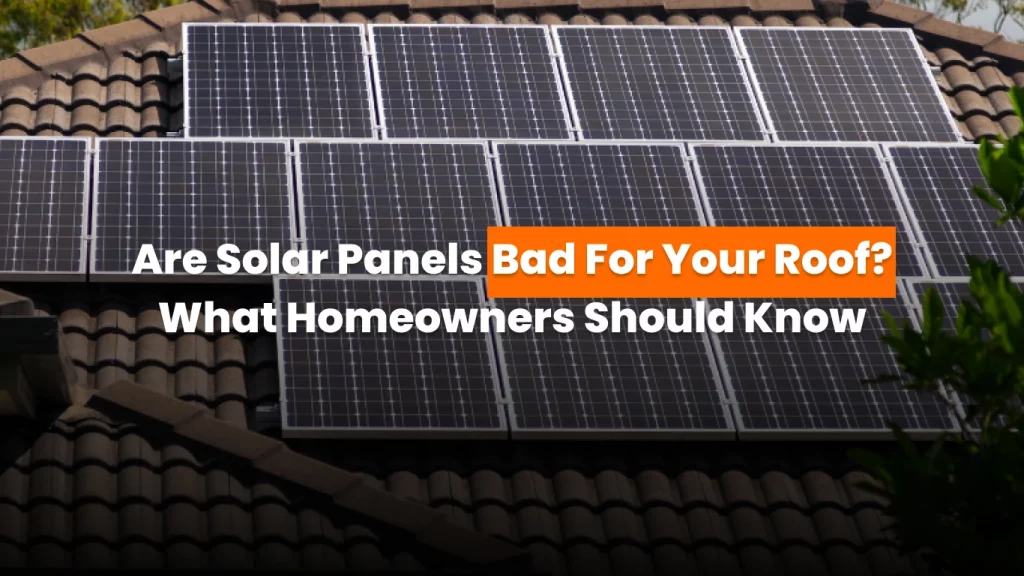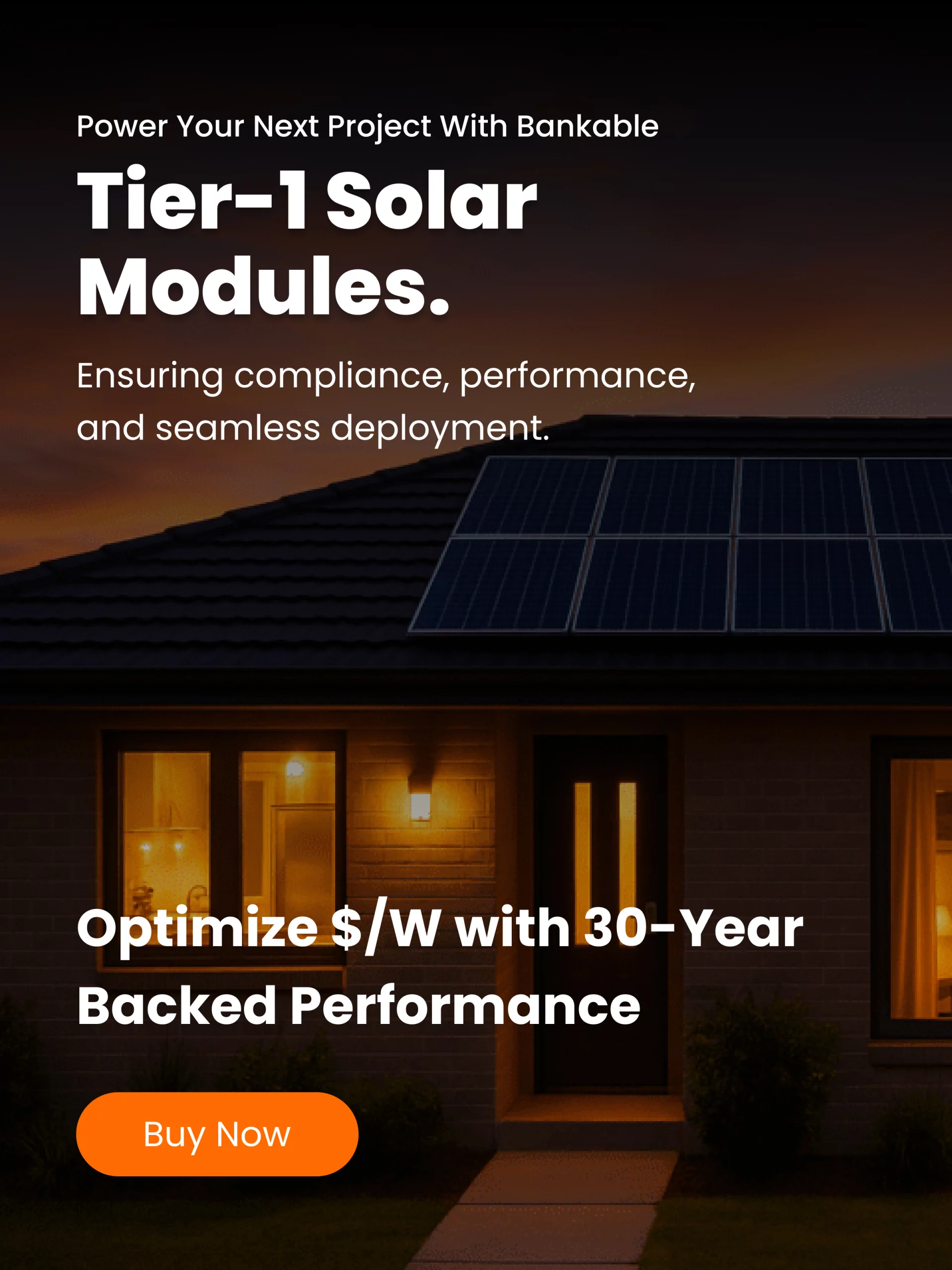If you’re considering solar panels for home use, one of the first questions that might come to mind is: could they damage my roof? This is a valid concern, since the installation process involves drilling into the roof, adding weight, and modifying its structure. The roof is one of the most important parts of your house, it protects you from the elements, regulates temperature, and maintains structural stability. Any change to it deserves careful thought.
Here’s the good news: with professional installation and a properly maintained roof, the risk of damage is minimal. In fact, solar panels can even offer protective benefits, shielding your roof from harmful weather and extending its lifespan. To help you make an informed decision, let’s break down how solar panels interact with your roof, the risks involved, and the steps you can take to keep everything secure.
What happens during installation
Installing solar panels involves mounting hardware that must be secured to your roof. To keep the system stable against wind, rain, and snow, installers drill small holes into the roof decking and place flashing, thin, protective material designed to block leaks, around each penetration.
According to EnergySage, reputable installers take extensive measures to seal and weatherproof every point of contact. This ensures that water cannot seep in, reducing the risk of leaks. When done correctly, roof damage is extremely rare.
However, problems may arise if the installation is rushed or performed on an already deteriorating roof. In such cases, cracked shingles, roof leaks, or structural stress can occur. This is why choosing a certified installer is critical.
How much weight do solar panels add?
Another common concern is whether solar panels will be too heavy for your roof. On average, solar panels and their racking systems weigh between 2–4 pounds per square foot. For most residential roofs, this is well within structural limits.
Still, it’s important to have a roof inspection before installation. If your roof is aging, damaged, or not designed for additional load, reinforcement may be necessary. In many cases, homeowners find it cost-effective to replace the roof right before installing solar panels. This ensures the panels sit on a fresh, durable surface and avoids the hassle of removing and reinstalling them when the roof eventually needs replacement.
Hidden benefits: solar panels as protection
While homeowners often worry about potential damage, solar panels can actually protect your roof in surprising ways. By covering large sections of the roof, panels act as a barrier against ultraviolet (UV) rays, hail, heavy rain, and even falling debris.
Roofing materials degrade over time due to sun exposure, fluctuating temperatures, and moisture. Solar panels reduce this exposure by acting as a shield, slowing down wear and tear. In this way, panels may even extend the lifespan of the roof underneath.
Wildlife and nesting concerns
One issue that isn’t always discussed is the space between your roof and the solar panels. This gap can attract birds, squirrels, or insects looking for shelter. While it may seem harmless, nesting can lead to debris accumulation, blocked drainage, or chewed electrical wires.
Fortunately, this problem has a simple solution: wildlife mesh. By installing a protective barrier around the edges of the panels, you can keep unwanted critters out and maintain a clean, damage-free system.
Warning signs to watch for
Even with the best installation, roofs require regular attention. After adding solar panels, it’s wise to check periodically for warning signs of potential problems. These include:
- Water stains or moss forming near the mounting points
- Warped or cracked shingles
- Loose flashing around panel bases
- Peeling paint or discoloration in ceilings or attic spaces beneath the installation area
- Electrical issues, such as burnt wiring or damaged conduit
Catching these issues early allows you to address them with simple repairs, saving you from costly long-term damage.
Best practices for a worry-free solar roof
To maximize safety and peace of mind, consider these five steps before and after installation:
- Inspect your roof beforehand. Roofs older than 15–20 years may need replacement prior to solar installation.
- Hire certified, experienced installers. Look for professionals who back their work with warranties.
- Use quality materials. Flashing and sealants should be rated for your local climate.
- Schedule regular inspections. After storms or extreme weather, make sure everything is still intact.
- Install wildlife mesh. Prevent birds and pests from making the space under your panels their home.
These proactive steps can help ensure your solar panels and your roof work together for decades without issue.
The bottom line
Solar panels for home use do not inherently damage roofs when installed properly. With professional installation, proper preparation, and ongoing maintenance, most homeowners experience no roof issues at all. In fact, many enjoy added benefits, including improved roof longevity and protection from the elements.
As the solar industry continues to grow, more installers are adopting higher standards and stricter safety practices, making roof-related damage even less likely. For homeowners, this means you can embrace clean energy without compromising the safety of your house.
Sources:
- EnergySage, Do solar panels damage roofs?
- A. Fricker Roofing and Waterproofing, Common installation issues
- Prime American Roofing, Roof repair and inspection guide




